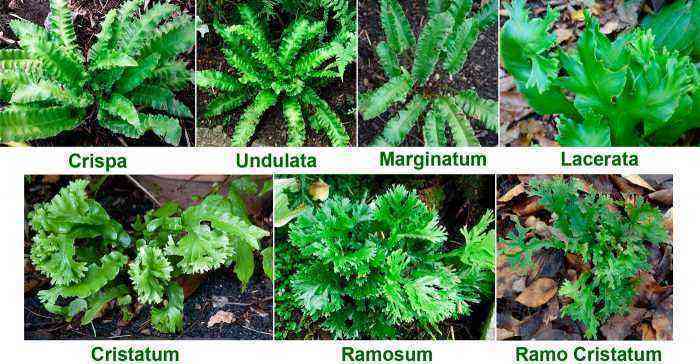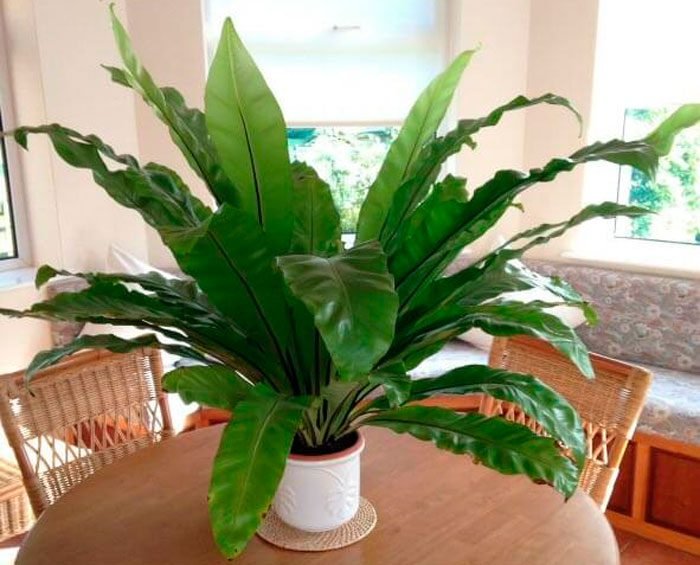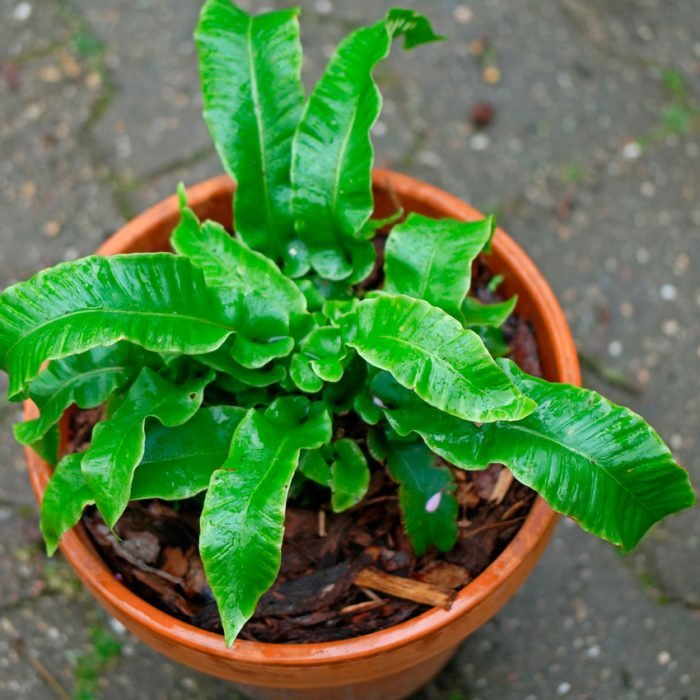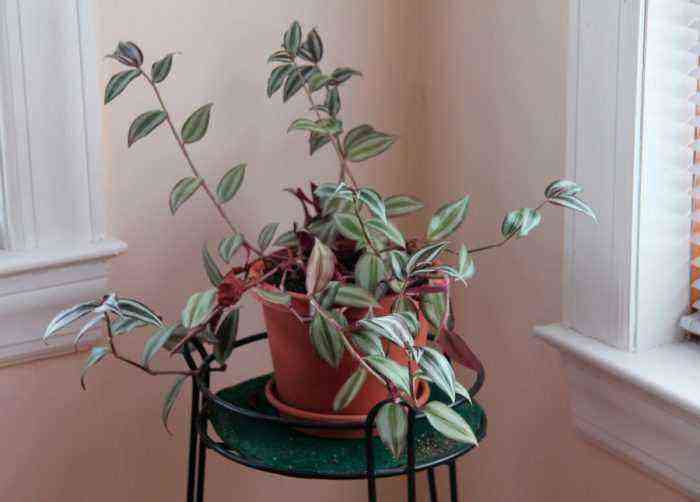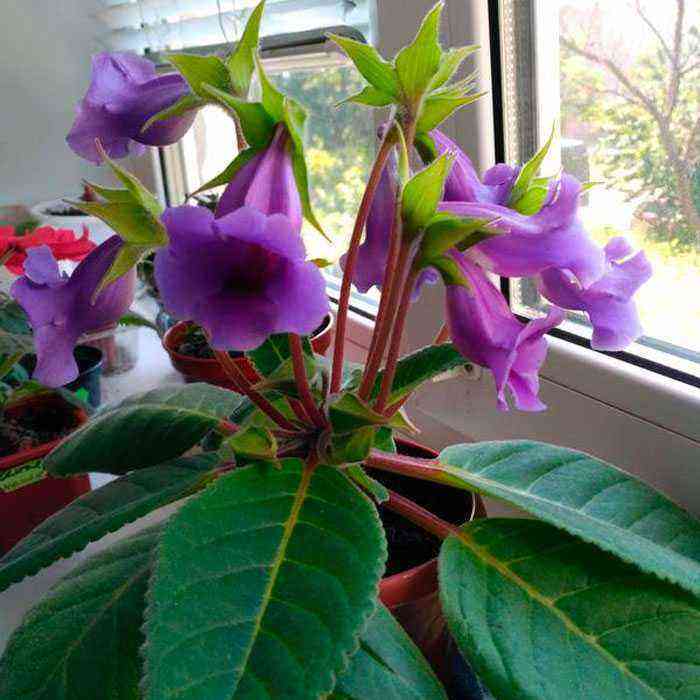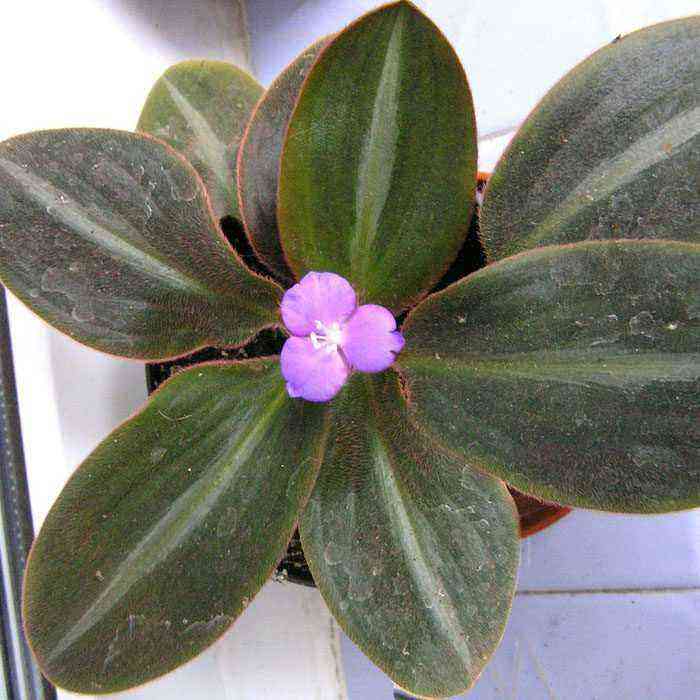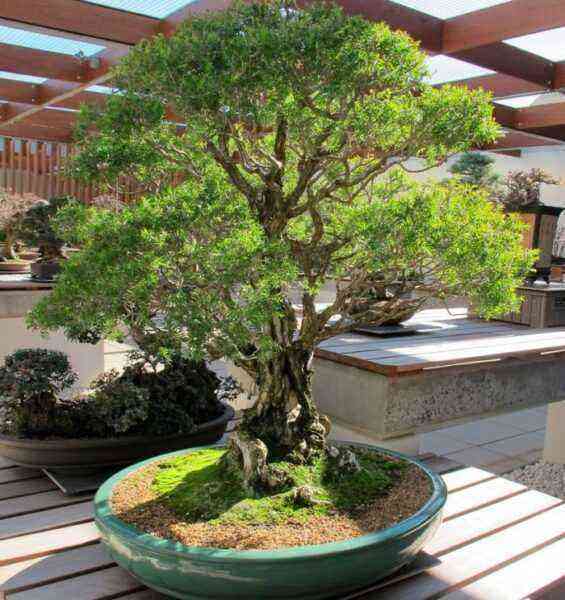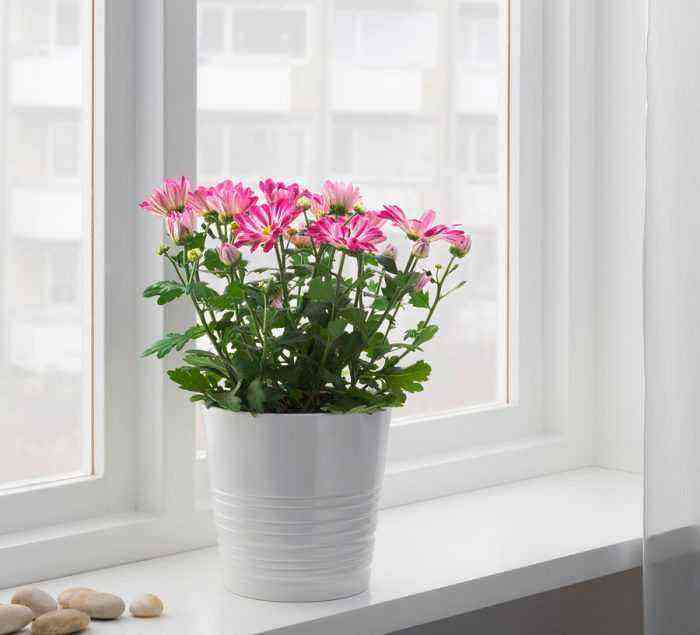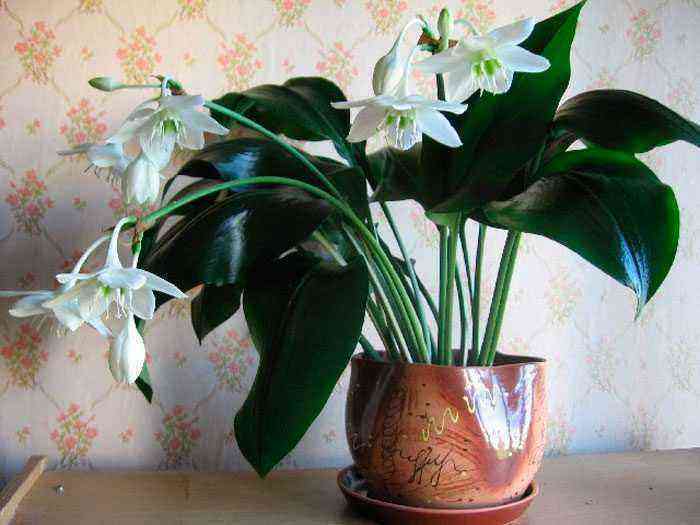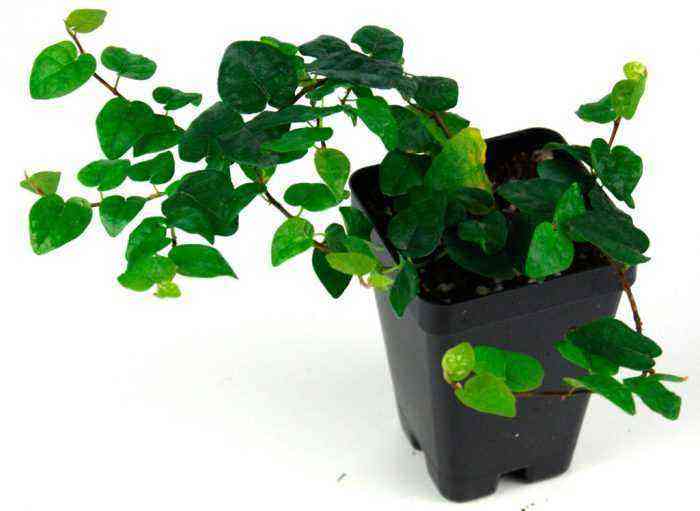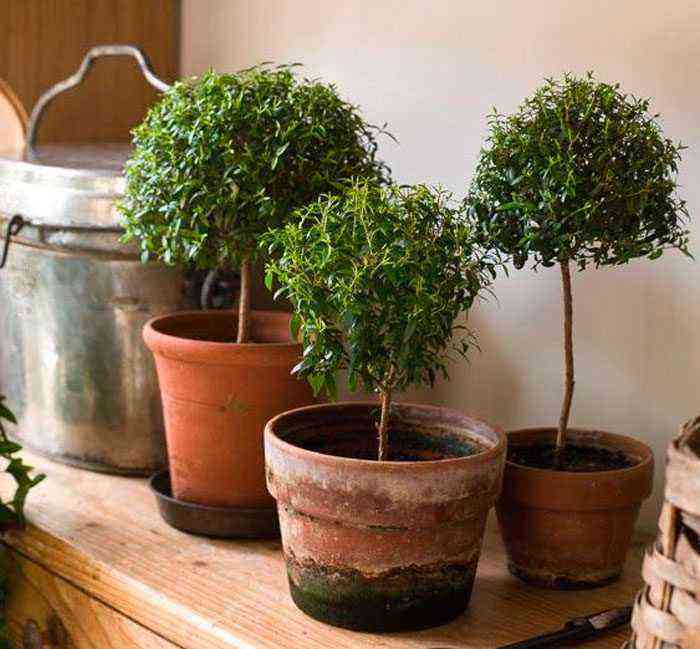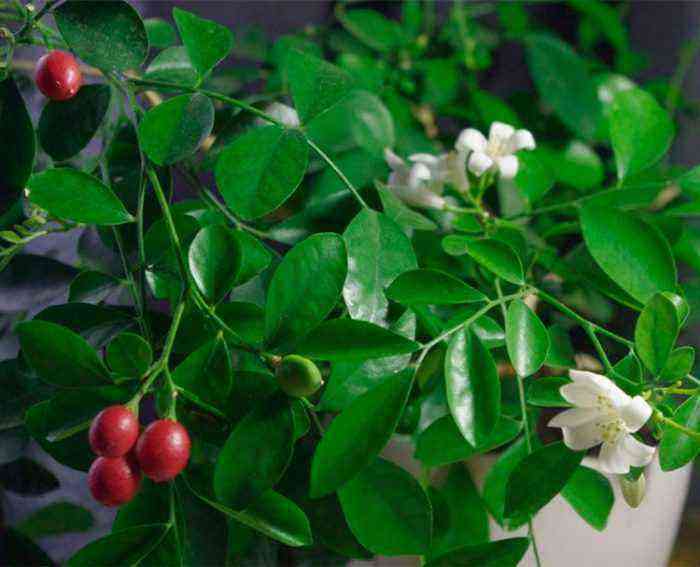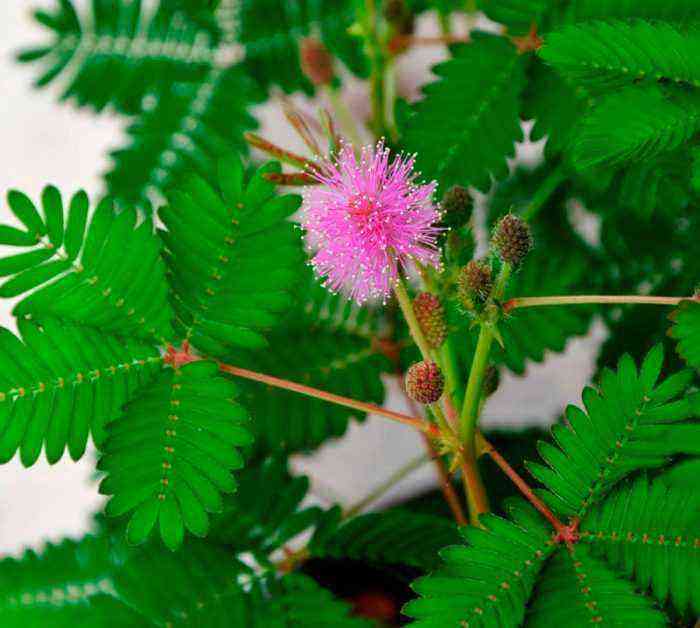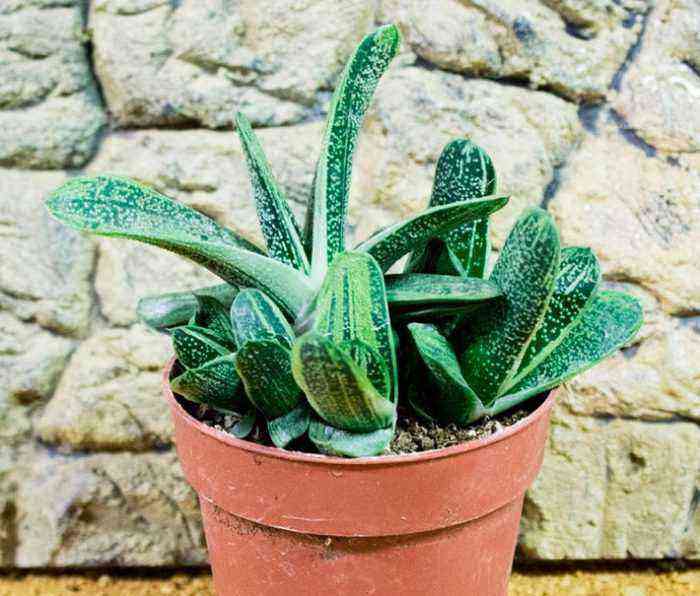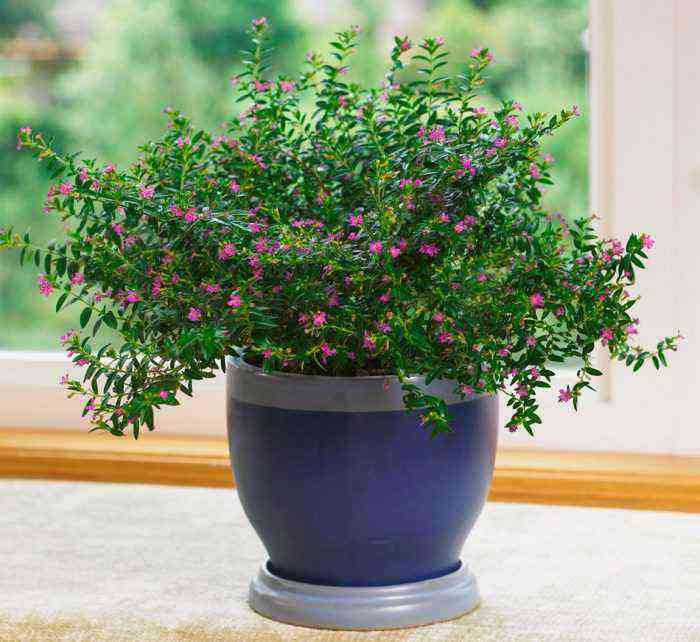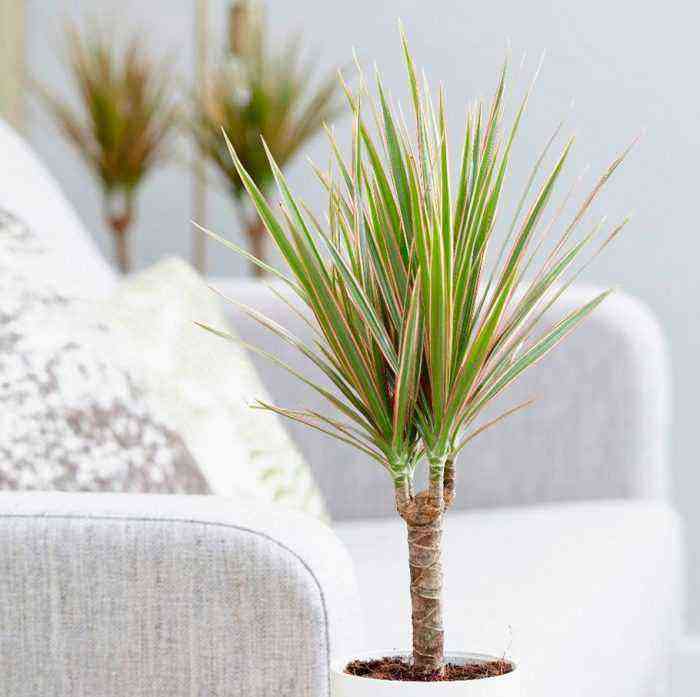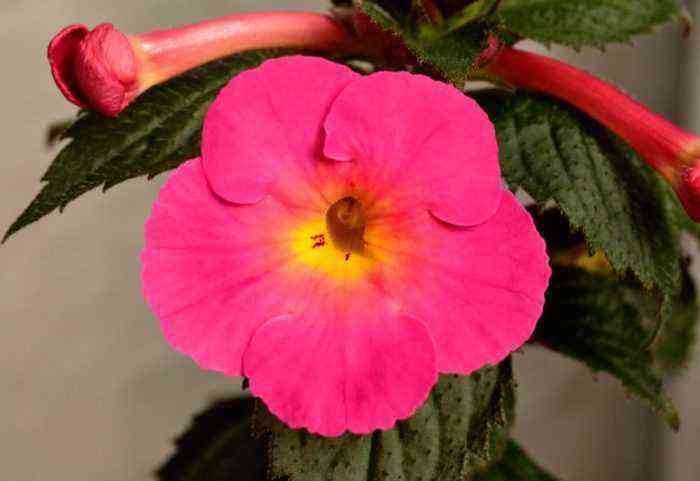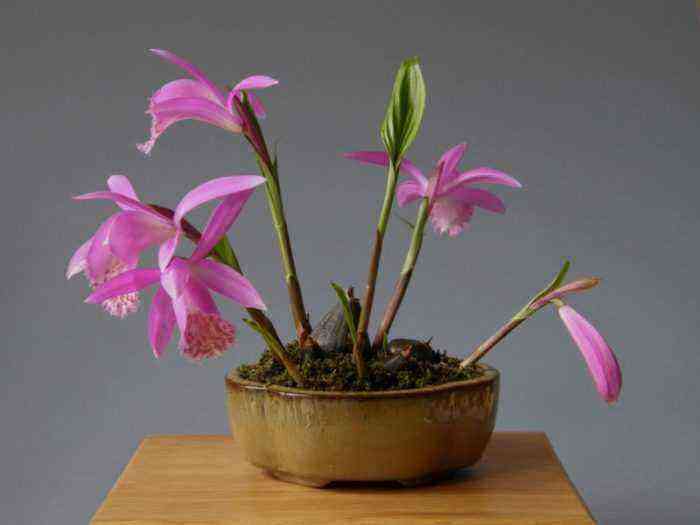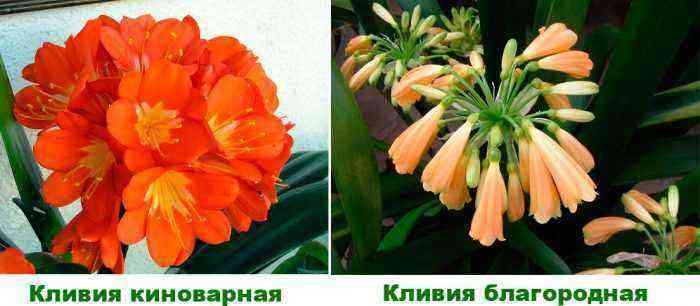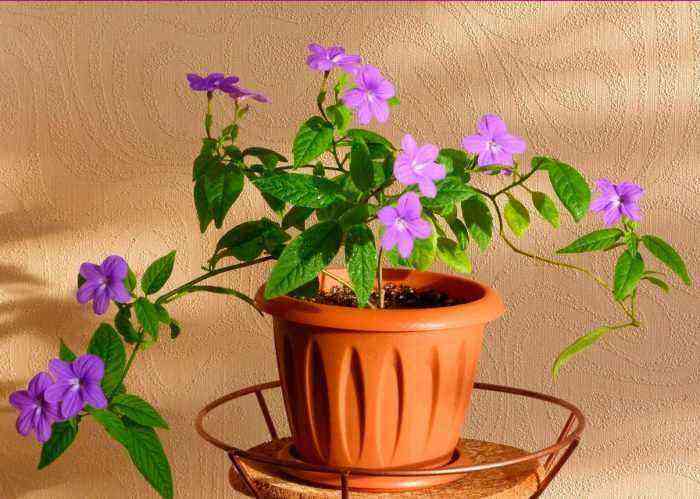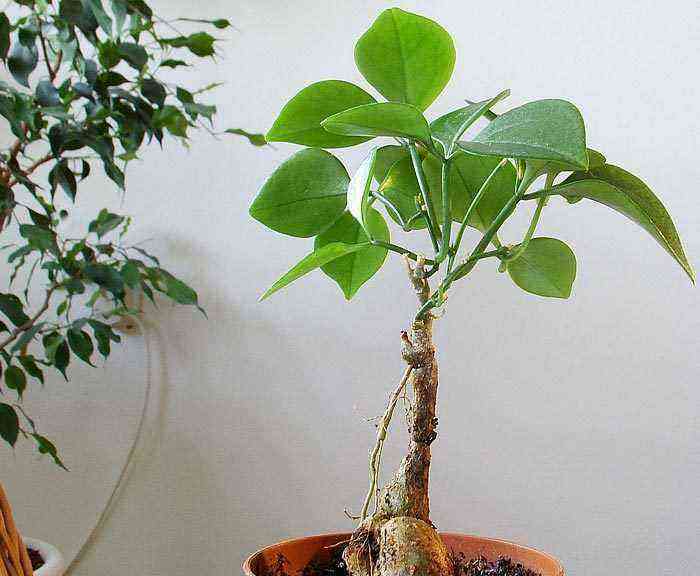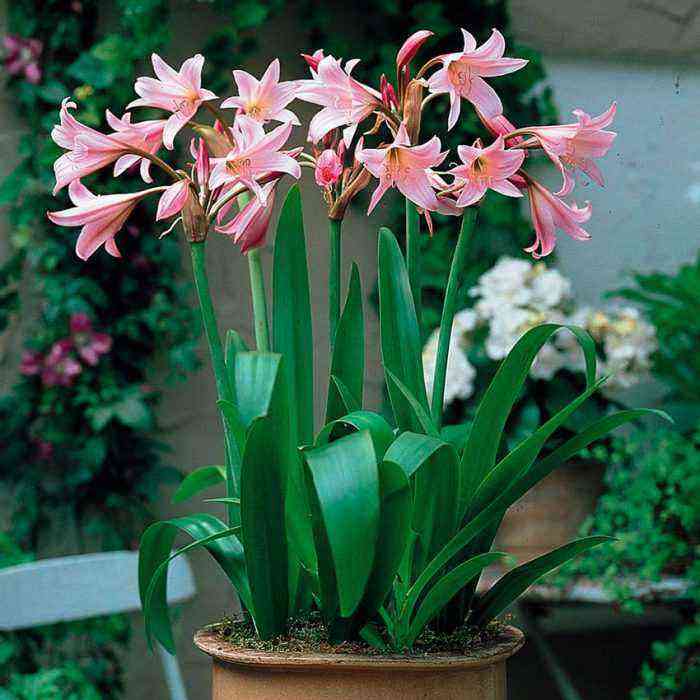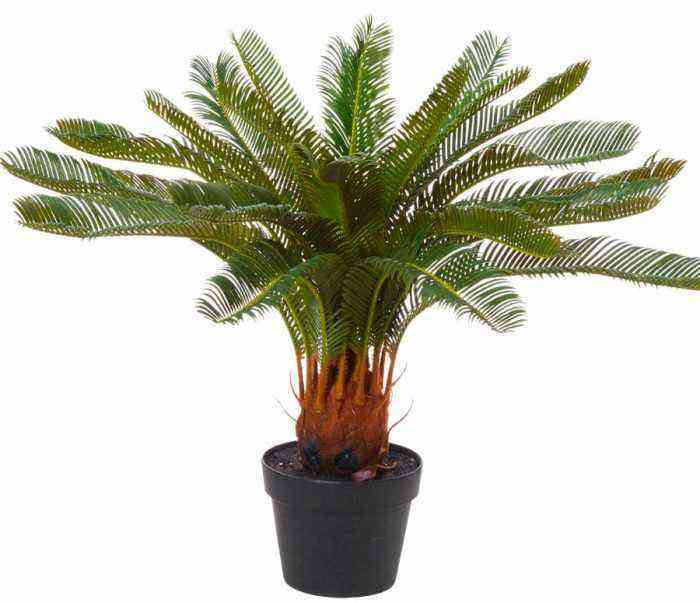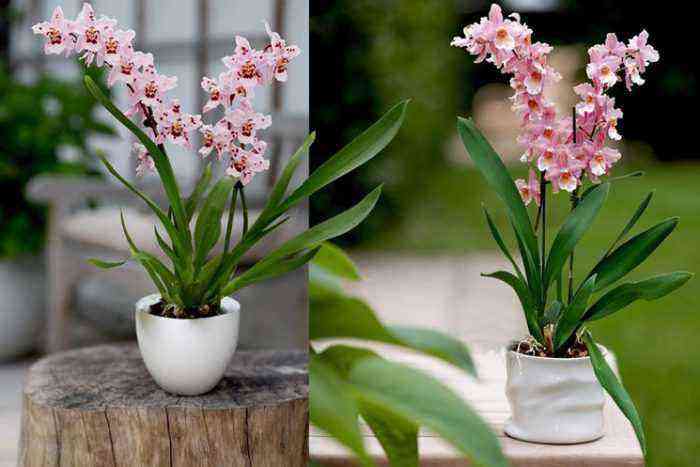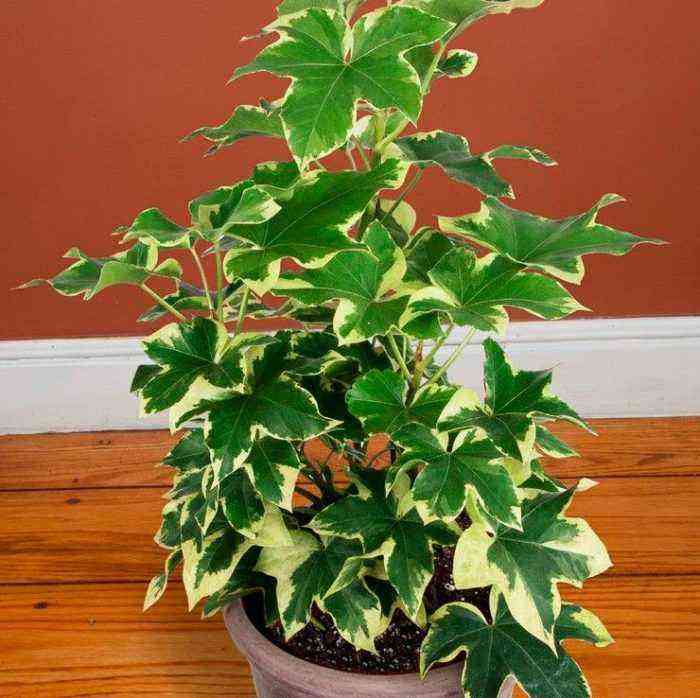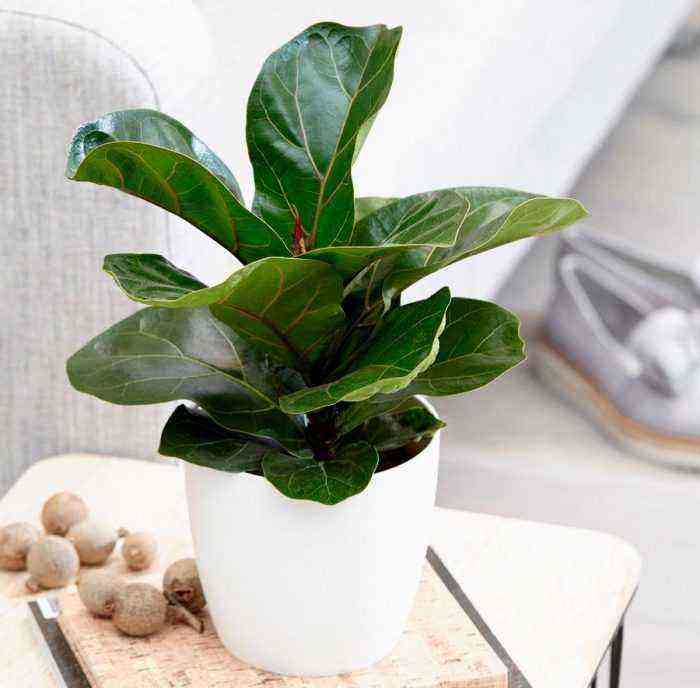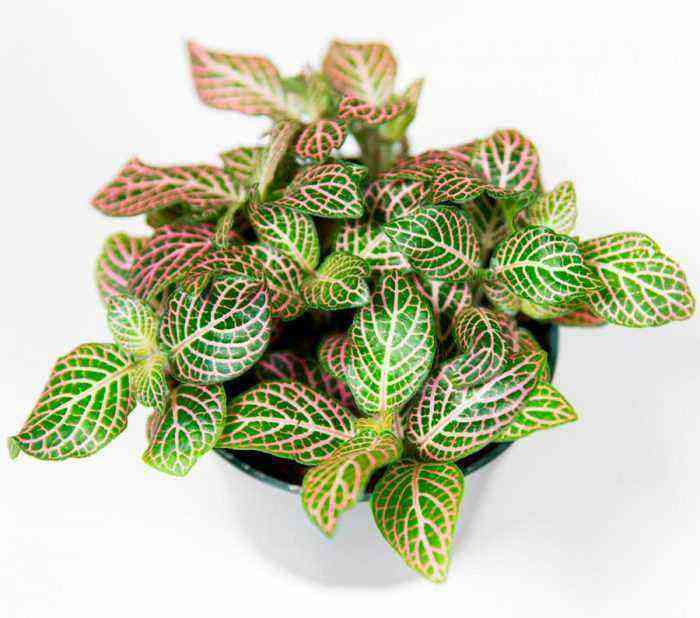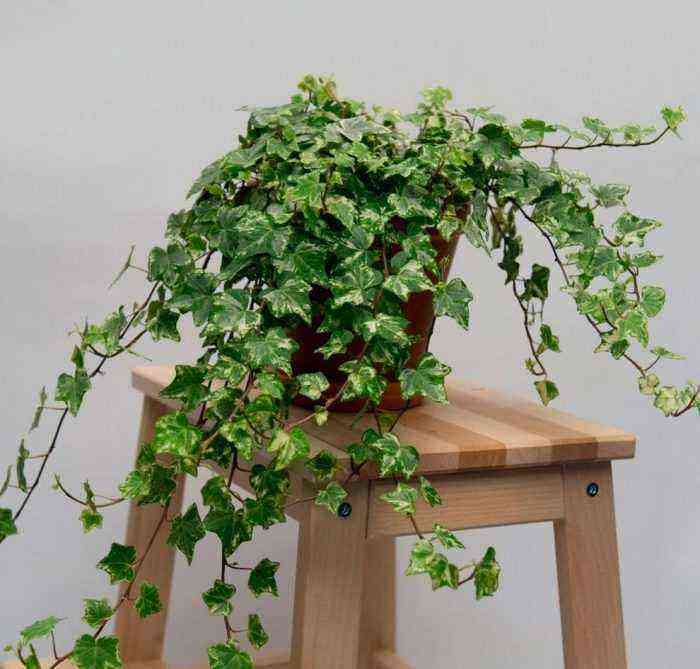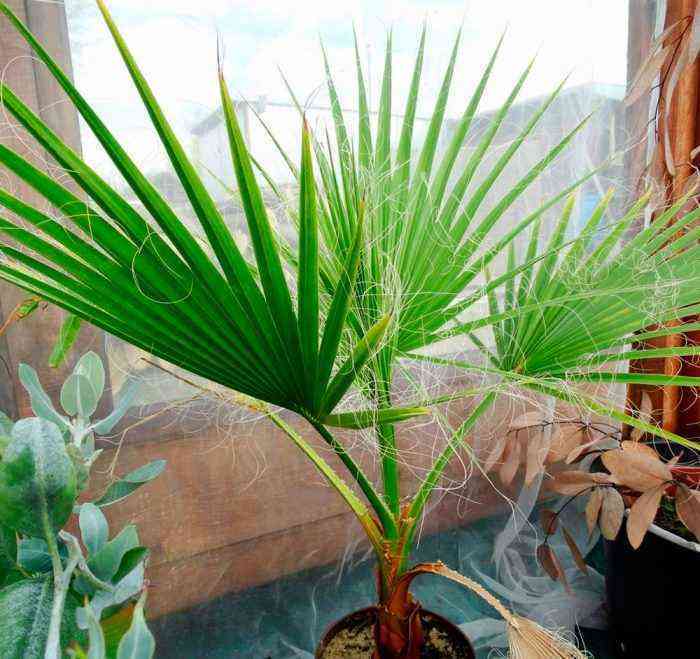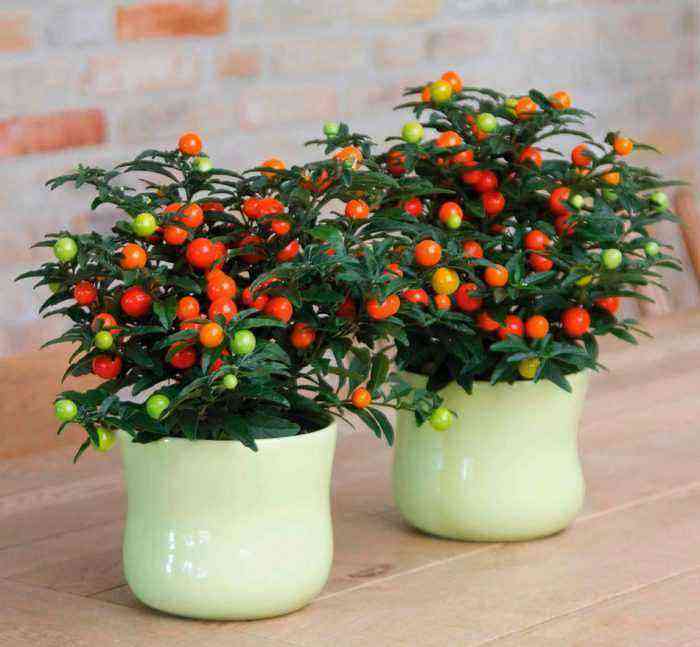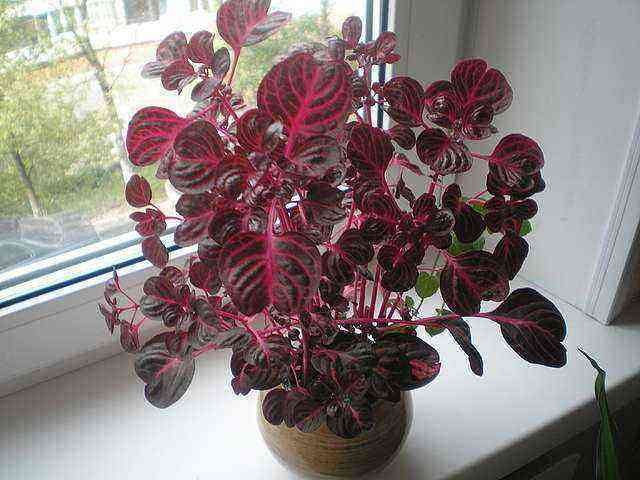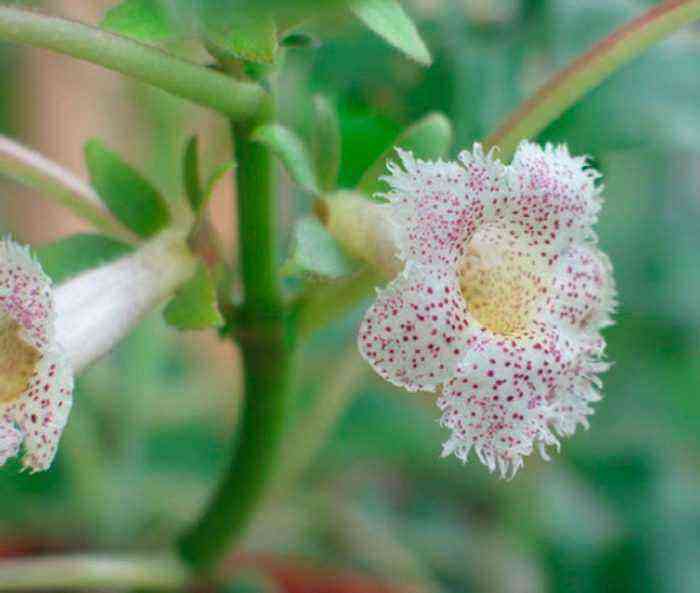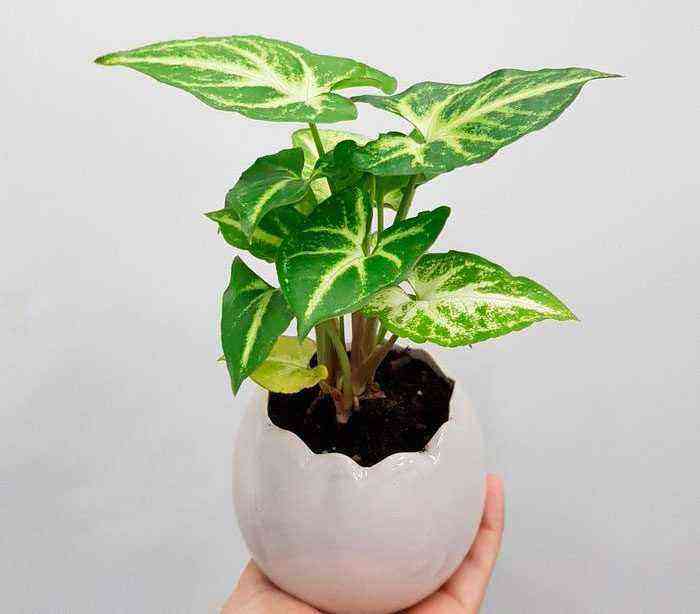Plant like centipede leaflet or scolopendrium ossicles (Phyllitis scolopendrium, Asplenium scolopendrium) is directly related to the Asplenium genus of the Aspleniaceae family and is a perennial fern. People also call it “deer tongue”. He comes from the mountainous Mediterranean regions of Eurasia. Such a fern prefers to grow on limestone talus or in rock crevices.
On the surface of the short, straight rhizome, there is a thick layer of scaly film. A lot of petiolate leathery leaves (wai) emerge from the upper part of the rhizome, which are collected in a bunch. The leaves reach 60 centimeters in length and have a clearly visible thick central vein. Simple, belt-shaped leaflets reach from 3 to 7 centimeters wide and have a heart-shaped base. On the surface of the short petiole, there are short brownish-green hairs. The elongated linear form of groups of spores (sori) are located along the entire leaf plate in pairs, almost perpendicular to the central vein.
The main species form, which has an integral smooth edge of the sheet plate, is not the only one. So, there are still numerous cultivars that are in great demand among flower growers:
- “Crispa” – differs in the corrugated edge of the leaves, which is why the lit itself has a “curly” appearance;
- “Undulata” – the leaves have wavy edges, and the leaf blade itself seems to be gathered along the central vein;
- “Marginatum” – narrow fronds have a wavy edge, while they are divided into blades;
- “Lacerata” – leaves are very wide up to 7,5 centimeters, while their edges are irregularly corrugated;
- “Cristatum” – the upper edge of the leaves is comb-like, and the rest of their surface is smooth and whole;
- “Ramosum” – this cultivar is of the greatest interest, as it has forked-branched fronds;
- “Ramo Cristatum” – this variety has branched wavy fronds.
Caring for a skolopendra leaflet at home
The leaflet is quite suitable for growing at home, but in order for it to grow and develop normally, it will need to create certain conditions.
Illumination
Direct rays of the sun are contraindicated for such a plant. Indoors, it is recommended to choose a darkened place for it, or simply place it in the back of the room. The leaflet grows best on north-facing windows.
Temperature conditions
Such a fern has a distinct period of rest (needs coolness), as well as intensive growth (needs warmth). It is recommended to keep the air temperature at 20 to 25 degrees in summer, and 12 to 15 degrees in winter.
How to water
Such a plant needs to be watered systematically and abundantly all year round. The potted soil should be slightly damp all the time. However, this does not mean that it should be raw. Stagnation of water in the soil has an extremely negative effect on the condition of the fern.
Watered with chlorine-free water. So, the collected tap water must be defended for at least 24 hours so that all chlorine impurities come out of it. At the same time, you do not need to soften the water, because such a fern grows in calcareous soil and reacts quite normally to hard water.
Humidity
Since most often apartments have very low air humidity, the flyer simply needs frequent moistening of the foliage. He is also advised to systematically arrange a warm shower. In order to increase the humidity of the air directly next to the plant, you can pour expanded clay or pebbles into the pallet and pour in a small amount of water. You can also place an open container filled with water next to the pot, or place an indoor fountain.
Too dry air is especially harmful to young leaves that are just starting to grow. Because of this, they can begin to dry out and subsequently die off.
Earth mixture
Suitable for planting a fertile loose lime substrate. You can prepare such a soil mixture yourself, for this you will need to combine finely chopped bark, leafy earth and vermiculite (coarse sand) in a ratio of 1: 2: 1. Remember to make a good drainage layer at the bottom of the pot.
Additional fertilizing
You need to feed such a fern very carefully. Top dressing is carried out in the spring-summer period during the intensive growth of the plant once a month. To do this, use a complex mineral fertilizer, while taking ½ part of the dose that is recommended on the package.
Transplant Features
While the plant is young, it needs frequent transplants, which are recommended to be carried out once a year in early spring. In this case, the new pot must be necessarily larger in diameter than the previous one. Adult specimens are transplanted less than once every 1 or 1 years. During transplantation, make sure that the apical buds remain above the surface of the substrate and are not buried in it.
Methods of reproduction
When grown indoors, the leaflet is easiest to propagate by dividing the overgrown bush. Also, if you wish, you can collect ripe spores (at the end of the autumn period) and sow them.
Diseases and pests
It is resistant to diseases and most types of pests. It differs from many other ornamental deciduous plants in that its dead green mass can be fully restored after a while. In the event that the root system has not died, then in a short time from dormant buds in the soil, it is able to grow young leaves. In this regard, drought, a strong drop in temperature or sunburn does not pose a particular danger to the fern. Also, if the plant has lost its spectacular appearance, its leaves can be completely removed, and after a while they will be replaced by others, young ones. But if the roots die, for example, when rot appears due to waterlogging of the soil, then the entire fern dies.
